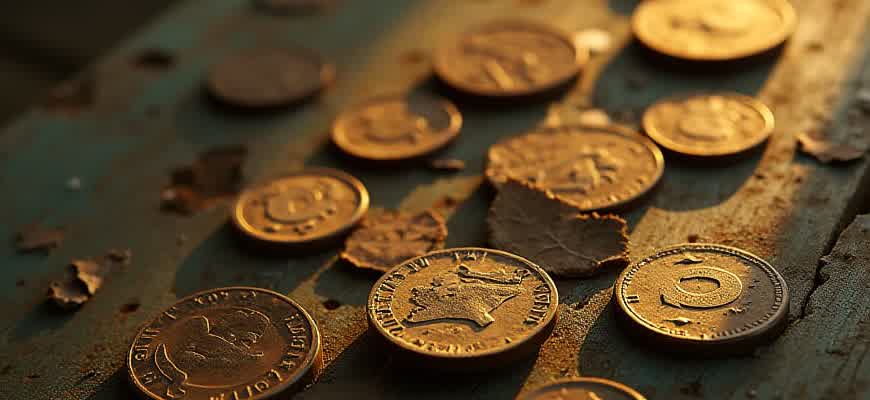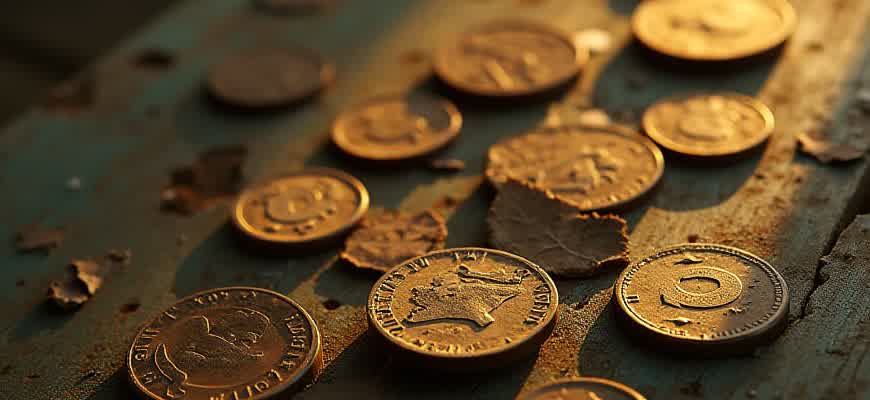
The world of retro gaming has seen a resurgence in recent years, and 8 Bit Builder stands at the forefront of this movement. This tool allows users to create their own retro-style games, embracing the simplicity and charm of 8-bit graphics. By offering an intuitive interface, 8 Bit Builder makes it easy for both beginners and experienced developers to dive into the world of pixel art and chiptune music.
Key Features of 8 Bit Builder:
- Pixel-based game creation
- Simple drag-and-drop interface
- Pre-designed assets and templates
- Built-in music and sound effects editor
Users can customize their creations further by manipulating various aspects such as level design, enemy behavior, and game mechanics. For those who are interested in more technical customization, 8 Bit Builder also offers scripting capabilities to allow for advanced game logic and interactions.
“Creating your own retro game has never been easier. With 8 Bit Builder, the possibilities are limited only by your creativity.”
Game Development Workflow:
| Step | Description |
|---|---|
| 1. Choose a Template | Select from a variety of pre-made game templates to kickstart your project. |
| 2. Customize Assets | Edit the pixel art and sound effects to match your vision. |
| 3. Scripting | Write custom scripts to add game mechanics or interactive elements. |
- Designing Your Own 8-bit Art: A Practical Guide
- Step 1: Planning Your Design
- Step 2: Drawing the Design
- Important Tips for Effective 8-bit Design
- Step 3: Refining Your Artwork
- Selecting the Best Templates for Your Pixel Art Projects
- Factors to Consider
- Types of Templates
- Choosing the Right Template for Your Project
- Optimizing Your 8-bit Designs for Multiple Platforms and Devices
- Key Optimization Techniques
- Platform-Specific Considerations
- Useful Tools
- Maximizing Speed: How to Quickly Edit and Export 8-bit Creations
- 1. Use Specialized Tools and Shortcuts
- 2. Optimize the Export Process
- 3. Work with Layers and Modular Assets
- 4. Quick Comparison of Export Formats
Designing Your Own 8-bit Art: A Practical Guide
Creating custom 8-bit graphics involves a process that combines creativity and technical skill. The process may seem challenging at first, but with the right steps, anyone can create unique 8-bit designs. Whether you’re creating characters, objects, or backgrounds, the key is to simplify complex shapes and use a limited color palette.
This guide will walk you through the essential steps to bring your 8-bit ideas to life. You’ll learn how to plan your design, select the right tools, and apply pixel art techniques to craft your visual masterpiece. Let’s get started!
Step 1: Planning Your Design
Before jumping into pixel placement, it’s important to plan your design. This phase involves choosing the subject matter, determining the style, and organizing the visual structure.
- Choose your subject: Decide whether you’re designing a character, object, or environment.
- Set the resolution: 8-bit designs are typically small, ranging from 16×16 to 64×64 pixels.
- Define the color palette: Use a limited set of colors to maintain the 8-bit aesthetic.
Step 2: Drawing the Design
Once your design is planned, it’s time to start creating the pixels. This is where you’ll translate your idea into a pixel-based graphic.
- Start with an outline: Use a dark color to sketch the shape of your object or character.
- Fill in the details: Add smaller features such as facial expressions or texture patterns.
- Shading: Use lighter and darker shades of your base colors to create depth and dimension.
Important Tips for Effective 8-bit Design
Remember that in 8-bit art, less is more. Keep your shapes simple, and avoid over-complicating your design with too many details or colors.
Step 3: Refining Your Artwork
Once your basic design is complete, it’s time to refine and polish your work. This involves cleaning up unnecessary pixels and improving the overall clarity of your design.
| Action | Purpose |
|---|---|
| Pixel cleanup | Remove stray pixels that don’t belong to the design to ensure clarity. |
| Color adjustments | Fine-tune the color palette to create better contrast and visual harmony. |
Selecting the Best Templates for Your Pixel Art Projects
When working with pixel art, using pre-designed templates can significantly speed up your creative process. Templates serve as a solid foundation, providing structure and consistency. However, choosing the right template is key to ensuring your final design fits the desired aesthetic and purpose of the project. Whether you’re designing characters, environments, or assets for a game, templates can help define the style and enhance the visual impact of your work.
While templates save time, selecting the wrong one can lead to frustration. It’s essential to focus on templates that align with the style, scale, and purpose of your artwork. Understanding the limitations of pixel art can help you avoid excessive complexity and make the design process more efficient.
Factors to Consider
- Resolution: Choose a template that matches the resolution of your project. A higher resolution template may lead to unnecessary detail, while a smaller one can restrict the level of intricacy.
- Art Style: Templates come in various artistic styles. Make sure the template matches the visual style of your project (e.g., retro, minimalistic, or fantasy).
- Functionality: Select templates based on the purpose of your project. Game character templates might differ from asset templates used for backgrounds or UI elements.
Types of Templates
- Character Templates: Ideal for designing game sprites or avatars. These templates usually include outlines and basic shapes to help you focus on details.
- Environment Templates: Often used for creating backgrounds or landscapes, these templates give you a framework to establish the setting of your project.
- Object Templates: Perfect for creating items, weapons, or any other small elements. They usually come with a grid to assist in maintaining consistency.
Tip: Ensure the template is flexible enough for modifications, as adapting it to your needs will enhance the uniqueness of your work.
Choosing the Right Template for Your Project
| Template Type | Best For | Key Considerations |
|---|---|---|
| Character | Game characters, avatars | Size, pose, detail level |
| Environment | Backgrounds, scenery | Scale, perspective, color scheme |
| Object | Items, tools, collectibles | Grid alignment, simplicity, clarity |
Optimizing Your 8-bit Designs for Multiple Platforms and Devices
Designing for multiple platforms and devices requires a careful approach to ensure that your 8-bit graphics perform well across various environments. Optimization is essential, not just for visual consistency but also for maintaining performance and usability. By understanding the specific limitations of each platform, you can make informed choices that enhance your design’s adaptability.
Different devices have different display capabilities, so creating scalable and lightweight 8-bit art is key. Whether you are targeting retro gaming consoles, web browsers, or mobile devices, keeping your artwork efficient and compatible across platforms is a critical factor in achieving smooth rendering and high-quality visuals.
Key Optimization Techniques
- Reduce Resolution: Lower resolution designs typically work best across devices with limited processing power. Keep pixel count as low as possible while maintaining clarity.
- Optimize Color Palettes: Stick to a limited palette to improve load times and reduce file size. For 8-bit art, this also helps maintain a retro aesthetic.
- Use Tile-based Art: Instead of creating large, complex images, break down designs into smaller tiles that can be reused, which improves performance.
Platform-Specific Considerations
- Consoles: Older gaming systems may have limited color depth and resolution. Test your designs on these platforms to ensure compatibility.
- Web Browsers: Modern browsers can render high-quality graphics, but be mindful of performance on lower-end devices. Optimize images for faster loading times.
- Mobile Devices: Smaller screen sizes and varying hardware capabilities mean you’ll need to test and optimize designs for different screen resolutions and touch interactions.
Useful Tools
| Tool | Purpose |
|---|---|
| Pixie | Pixel art editor for creating and optimizing retro-style graphics. |
| Aseprite | Advanced pixel art tool with animation and palette management features. |
| Piskel | Free online pixel art tool for quick design and export to multiple formats. |
“In optimizing for multiple platforms, always test on real hardware to understand the limitations and strengths of each device.”
Maximizing Speed: How to Quickly Edit and Export 8-bit Creations
In the world of 8-bit design, efficiency is key when it comes to both editing and exporting your creations. The fast-paced nature of digital art production often requires rapid iteration and delivery. Whether you’re creating pixel art, retro animations, or game sprites, streamlining your workflow can save valuable time. Understanding the right tools and techniques for quick edits can significantly boost your productivity and the quality of your work.
Optimizing your approach involves using software that is tailored to 8-bit style, automating repetitive tasks, and utilizing effective export methods. Here are some strategies to help you maximize speed while working with 8-bit graphics:
1. Use Specialized Tools and Shortcuts
Leveraging the right tools designed for pixel art and 8-bit graphics can drastically speed up your process. Programs like Aseprite, Pixie, or Piskel offer robust features for pixel precision with a user-friendly interface.
- Keyboard Shortcuts: Mastering keyboard shortcuts for common tasks like selecting colors, zooming, and switching tools can eliminate unnecessary clicks and speed up your workflow.
- Custom Brushes: Creating or importing custom brushes specific to your 8-bit projects can reduce drawing time significantly.
2. Optimize the Export Process
Once your 8-bit creation is ready, exporting the file quickly without losing quality is just as important. Here’s how to do it efficiently:
- Preset Export Options: Set up export presets for your most commonly used formats (e.g., PNG, GIF). This way, you can skip through the file selection process every time.
- Batch Export: For projects with multiple assets, batch exporting allows you to export everything in one go, saving time on individual file handling.
- File Compression: Compress your files without sacrificing visual integrity to make them ready for quick upload or distribution.
3. Work with Layers and Modular Assets
Layering your work and using reusable modular assets speeds up both the editing and exporting phases. By keeping individual elements separate (such as characters, backgrounds, and items), you can quickly tweak or replace specific parts of your design without having to rework the entire creation.
“Layering and modular design allow for fast changes and easy export of individual assets, making your workflow far more agile.”
4. Quick Comparison of Export Formats
Knowing which format works best for your project can save time and prevent quality loss during export:
| Format | Best For | File Size |
|---|---|---|
| PNG | Static images, high-quality pixel art | Medium |
| GIF | Simple animations | Small |
| SVG | Scalable vector graphics | Small |









